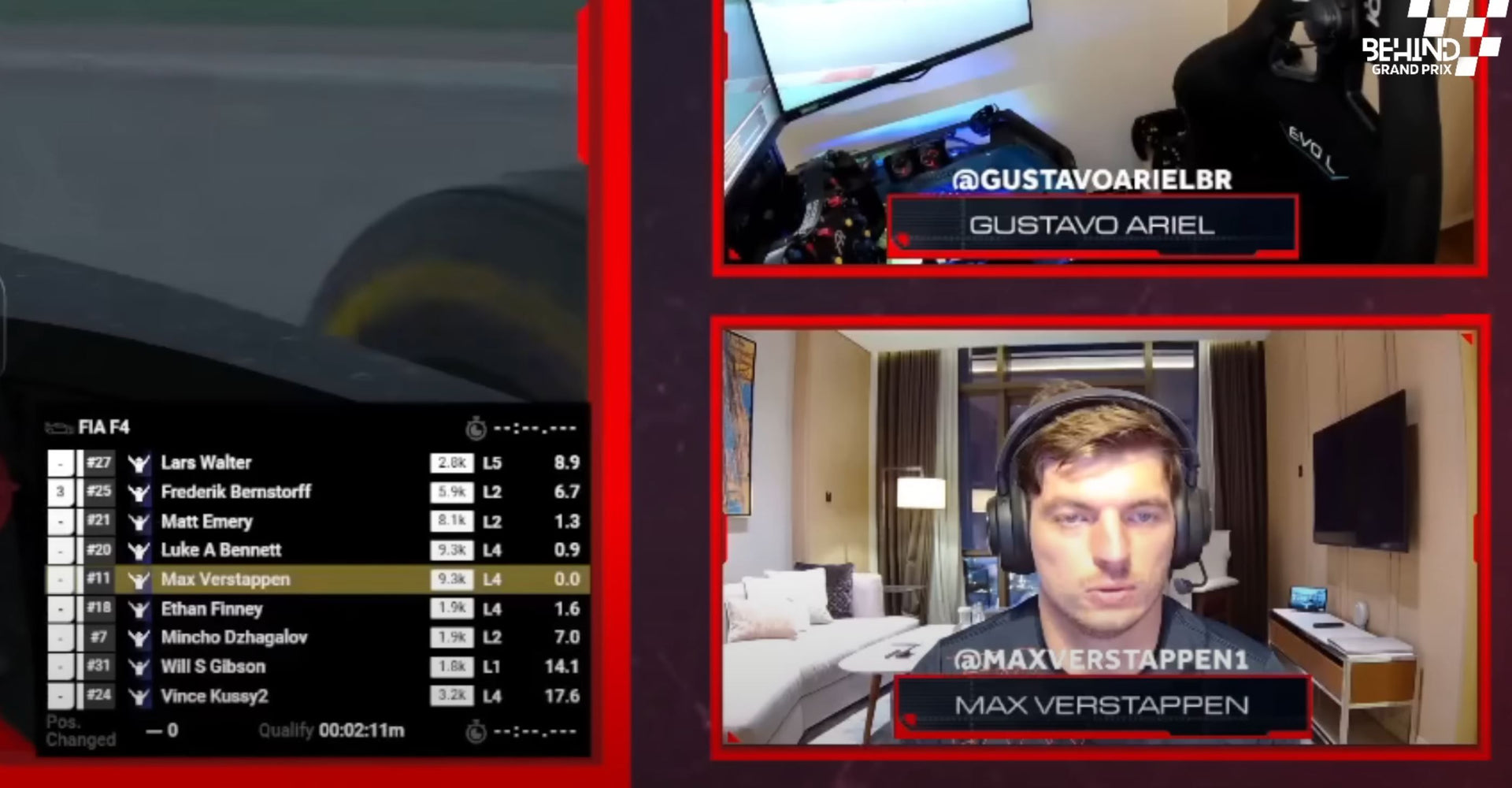Title: From Virtual to Reality: How Simracing Ignites Real-World Racing Dreams
Introduction:
In the realm of motorsports, a new breed of racers is emerging, fueled not by the smell of burning rubber on the track but by the pixels of virtual reality. Simracing, once considered a niche hobby confined to the digital realm, has rapidly evolved into a legitimate entry point for aspiring racers to step into the real-world motorsport arena. This transformation is not just a testament to the advancement of technology but also to the profound impact virtual racing platforms have on nurturing and refining the skills of future racing talents.
The Rise of Simracing:
Simracing, the art of racing in a simulated environment using specialized hardware and software, has witnessed an exponential rise in popularity in recent years. With the advent of high-fidelity simulators like iRacing, Assetto Corsa, and Gran Turismo, virtual racers can experience the thrills of real-world racing from the comfort of their homes. What was once dismissed as a mere pastime for gaming enthusiasts has now become a serious training ground for aspiring racers looking to hone their skills and break into the competitive world of motorsports.
Transitioning from Pixels to Pavement:
One of the most remarkable aspects of simracing is its ability to bridge the gap between virtual and real-world racing. Numerous examples abound of drivers who have successfully made the leap from the virtual track to the actual circuit, proving that talent cultivated in the digital realm can indeed translate to success in the physical world of motorsport.
One such example is Max Verstappen, the prodigious Formula 1 driver who honed his racing skills in the virtual world before making his mark on the global stage. Verstappen's journey from dominating simracing competitions to becoming the youngest-ever Formula 1 race winner serves as a testament to the efficacy of simulators in nurturing raw talent and providing a pathway to professional racing. And even now, you can find him regularly racing online, even between gran prix races.
Similarly, Lando Norris, another Formula 1 sensation, credits his early success in karting to countless hours spent honing his craft in simulators. Norris's seamless transition from virtual racing to becoming a podium finisher in Formula 1 highlights the symbiotic relationship between simracing and real-world motorsport, where virtual experience lays the foundation for real-world success.
Beyond Formula 1, the influence of simracing extends to other disciplines of motorsport as well. The likes of GT Academy graduates Lucas Ordóñez and Jann Mardenborough (featured in the Gran Turismo movie) have showcased the potential of virtual racing in unearthing hidden talents and providing a viable pathway to professional racing careers.
Simracing has emerged as a transformative force in the world of motorsport, democratizing access to racing and providing a platform for aspiring talents to showcase their skills. The success stories of drivers like Max Verstappen, Lando Norris, and others underscore the pivotal role of simulators in nurturing and refining the next generation of racing superstars. As technology continues to advance and virtual racing platforms evolve, the line between the virtual and real-world racing will continue to blur, paving the way for a new era of motorsport where talent knows no boundaries.


